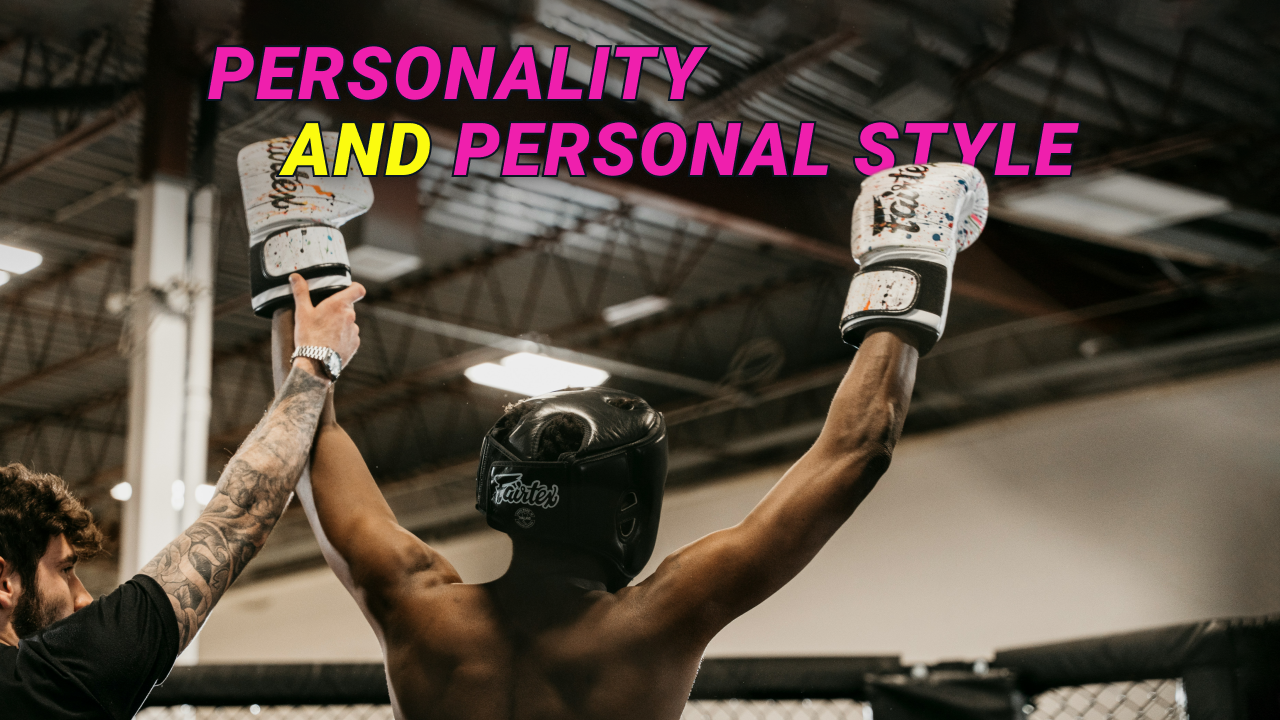Personality and Personal Style

Not every person who trains jiu-jitsu, Muay Thai, or any martial art for that matter has the same temperament. Some people are naturally reserved, while others are naturally more aggressive. This is just how people are.
Depending on the context, any trait can be an asset. A more patient fighter is more likely to take fewer risks, make fewer mistakes, and wear down their opponents. A more aggressive fighter is more likely to overwhelm their opponents, push them to make mistakes, and be in a position to capitalize when those mistakes happen.
Then again, any trait can also be a detriment. The more patient fighter may wait too long to make a move and miss their opportunity. If up against an opponent with a lot of stamina, wearing them down may not be a real option. Meanwhile, more aggressive fighters may take too many risks and unnecessarily put themselves in bad situations. If they try to overwhelm an opponent who can take their attacks in stride, they will tire themselves out and may slip up in a way that costs them the fight.
Royce and Renzo
As Coach Firas Zahabi explains in the below video, even different members of the Gracie family have different temperaments. For example, Royce Gracie is known for being calm, patient, and an overall laidback person off the mat. When he’s fighting, these aspects of his personality shine through, and they are part of the reason why he had so much success in the early days of the UFC. His more patient approach to jiu-jitsu continues to be extremely popular even today.
On the contrary, there is Renzo Gracie, who is known for being more aggressive. This is true both on the mat and off the mat. “He’s a wild man,” Coach Firas says of Renzo, who he adds is almost like a pit bull.
Renzo rose to international prominence during the mid to late-90s, largely due to the popularity of early Pride Fighting Championships. Whereas Royce tended to be more calculating, Renzo was all about applying maximum pressure. This kind of push to quickly and totally dominate an opponent is also popular among a lot of people who train jiu-jitsu.
Can You Change Your Approach?
As Coach Firas explains, there are ways to change how you approach jiu-jitsu. You can become more aggressive, and you can become a shrewder fighter.
To become more aggressive, Coach Firas recommends working to up the number of submissions you get while rolling. Going for submissions will inevitably push you to take more risks and to apply more pressure. He also advises setting a quota for yourself. If you’re a blue belt, don’t leave the mat until you get three submissions. Once you get three, move up to four. The higher your quota, the more you will . Similarly, if you want to work on a specific aspect of your game, like takedowns, set a quota for yourself. If you don’t get it, you have to get it in the next round or the next day of practice.
If you want to become less aggressive and more thoughtful in how you approach your game, play more defense. Moreover, allow your opponent to go deeper into an attack than you would normally allow, and then try to devise ways to escape. Once you’ve escaped, go right back to playing defense.
Should You Change Your Approach?
It’s always good to change your perspective and to try something new with jiu-jitsu. After all, your goal is to be the most complete fighter you can be and purposefully changing how you train can help you break out of patterns and explore new techniques that ultimately make you a more well-rounded fighter.
Especially when you are a white belt, changing things up can help you in the long run. If you are extremely strong and in excellent shape, you may get used to always being on the offensive. Applying pressure without any technique may help you overwhelm other smaller white belts and people who aren’t well-versed in jiu-jitsu, but this kind of approach is not going to impress fighters with more experience. It may end up preventing you from reaching your full potential.
Alternatively, if you are naturally a shy person who doesn’t like to assert themselves, you may get used to playing defense and countering your opponent when they make a mistake. That approach is helpful against more inexperienced fighters, but being unable or unwilling to apply any offensive pressure will make it extremely difficult to dictate the pace of a fight. Again, this may prevent you from reaching your full potential.
At the end of the day, the best option is to push yourself to be comfortable in as many scenarios as possible.

